
Corncrake, Gruinart RSPB, Islay, Argyll |

Corncrake, Gruinart RSPB, Islay, Argyll |
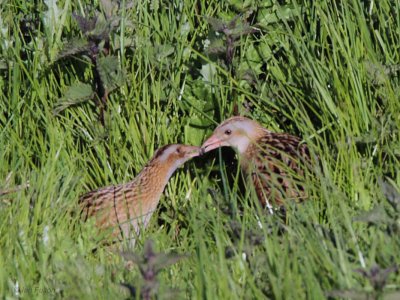
Corncrake, Gruinart RSPB, Islay, Argyll |
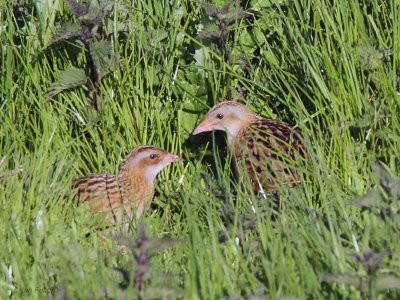
Corncrake, Gruinart RSPB, Islay, Argyll |
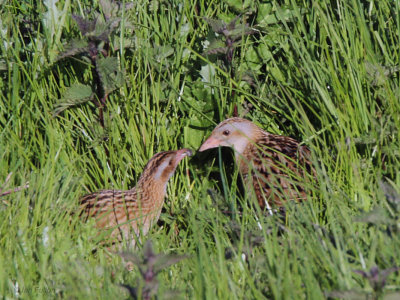
Corncrake, Gruinart RSPB, Islay, Argyll |
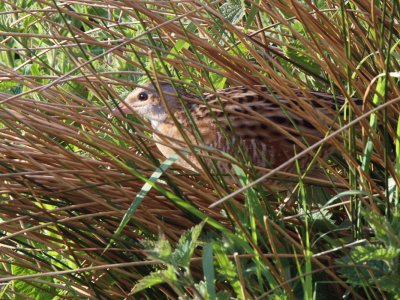
Corncrake, Gruinart RSPB, Islay, Argyll |
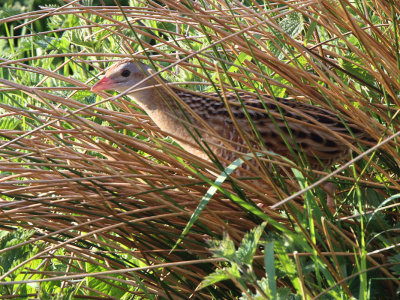
Corncrake, Gruinart RSPB, Islay, Argyll |
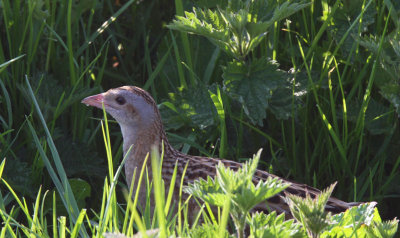
Corncrake, Gruinart RSPB, Islay, Argyll |
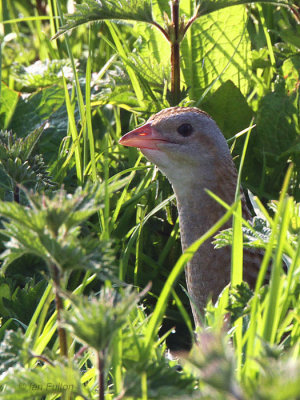
Corncrake, Gruinart RSPB, Islay, Argyll |

Corncrake, Gruinart RSPB, Islay, Argyll |

Corncrake, Gruinart RSPB, Islay, Argyll |
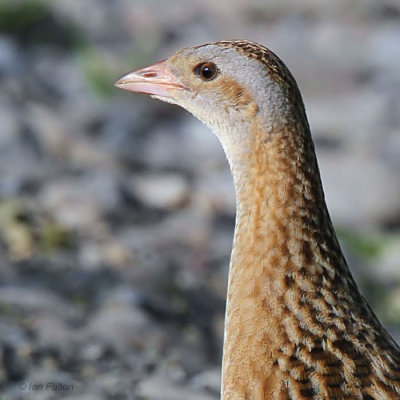
Corncrake, Gruinart RSPB, Islay, Argyll |
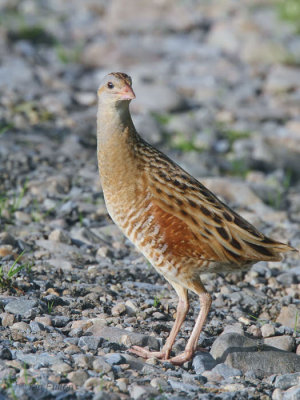
Corncrake, Gruinart RSPB, Islay, Argyll |
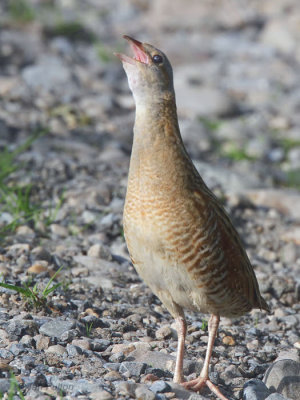
Corncrake, Gruinart RSPB, Islay, Argyll |
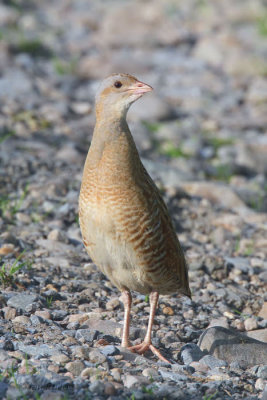
Corncrake, Gruinart RSPB, Islay, Argyll |

Corncrake, Gruinart RSPB, Islay, Argyll |

Corncrake, Gruinart RSPB, Islay, Argyll |
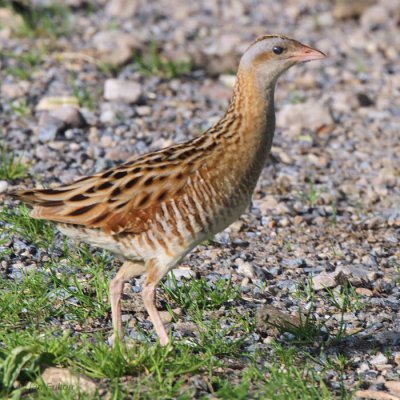
Corncrake, Gruinart RSPB, Islay, Argyll |

Corncrake, Gruinart RSPB, Islay, Argyll |
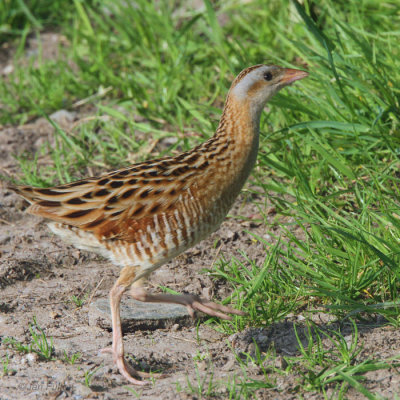
Corncrake, Gruinart RSPB, Islay, Argyll |
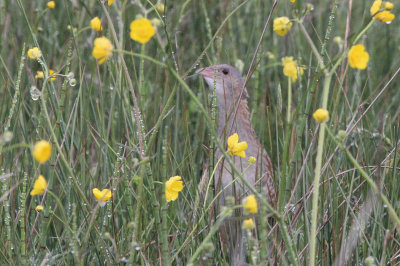
Corncrake at Scalasaig, Colonsay |
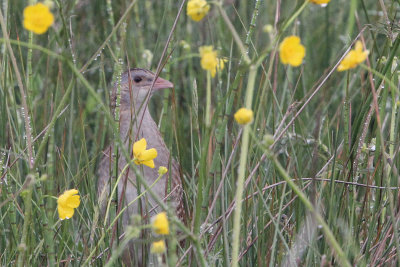
Corncrake at Scalasaig, Colonsay |
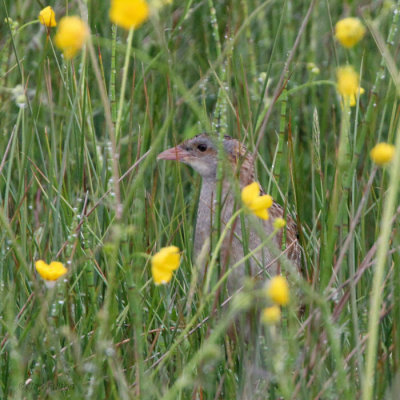
Corncrake at Scalasaig, Colonsay |











